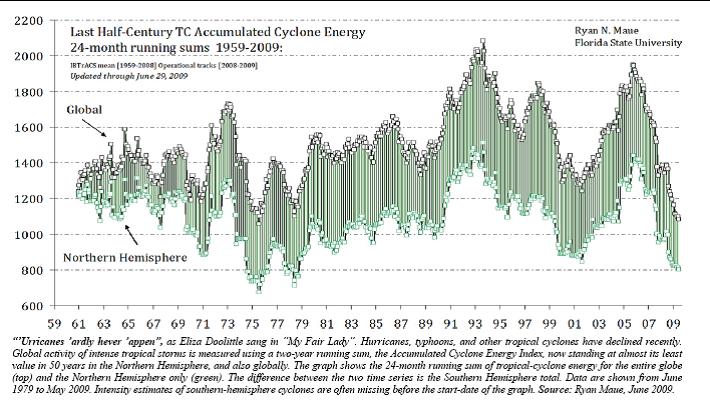By Eric Berger
Houston Chronicle
Aug. 12, 2009, 8:34PM
Historical analysis looks for storm activity trends
Atlantic hurricanes have developed more frequently during the last decade than at any point in at least 1,000 years, a new analysis of historical storm activity suggests.
The new study, published today in Nature, attempts to reconstruct Atlantic hurricane activity back to the year 500. In doing so the authors found one era, a medieval period around the year 1000, when storm activity matched or exceeded recent hurricane seasons that included storms such as Katrina and Rita.
The scientists used two methods to reconstruct hurricane activity from a period when there were no satellites, reliable ship records or coastal residents taking notes.
One tack is based on the observation that the powerful storm surge of large hurricanes deposits distinct layers of sediment in coastal lakes and marshes. By taking cores of sediments at the bottom of these lakes, which span centuries, scientists believe they can tell when large hurricanes made landfall at a particular location.
The second method used a computer model to simulate storm counts based upon historical Atlantic sea surface temperatures, El Ninos and other climate factors.
Findings consistent
The two independent estimates of historical storm activity were consistent, said Pennsylvania State University climate scientist Michael Mann, the paper's lead author. Both, for example, pinpointed a period of high activity between 900 and 1100.
"This tells us these reconstructions are very likely meaningful," he said.
This is not Mann's first attempt to use "proxies" for actual observations of conditions to tease out historical climate details. He was among the scientists whose global temperature reconstruction of the last 1,000 years - dubbed the "hockey stick graph" because it showed a distinct upward trend since the mid-19th century attributed to greenhouse gases - received both praise and criticism.
'Erroneous conclusions'
Now he appears to be doing the same with hurricane activity, and the new work is not without its detractors.
"The paper comes to very erroneous conclusions because of using improper data and illogical techniques," said Chris Landsea, science and operations officer at the National Hurricane Center. In his criticism, Landsea notes that the paper begins by saying that Atlantic tropical activity has "reached anomalous levels over the past decade."
This ignores recent work by Landsea and a number of other hurricane scientists who found that storm counts in the early 1900s - in an era without satellites and fewer seaborne observers - likely missed three or four storms a year. The addition of these storms to the historical record, he said, causes the long-term trend over the last century to disappear.
"This isn't a small quibble," he said. "It's the difference between a massive trend with doubling in the last 100 years, versus no trend."
Limits to usefulness?
Other scientists suggested that the new Nature paper does the best it can in deriving information about historical hurricane activity from a scant amount of data.
Yet this limits how useful the information is, said Rob Korty, an atmospheric scientist at Texas A&M University.
"The bottom line is that I think their work adds new and helpful information," said Korty. "But we must keep in mind the assumptions this kind of work require are large by nature."

See Climate Audit's take on the new Mann work here.
See Watts Up With That on the paper here.
Update: See WOOD TV's blog post by Bill Steffen here.
See new NOAA study that there is no long term trends (century) in hurricanes/tropical activity by Landsea et al just published here.
UPDATE: Read open letter from Chris Landsea, one of the reviwers of the Mann Nature paper to Michael Mann here.



Reader Comments
to our Newsletter